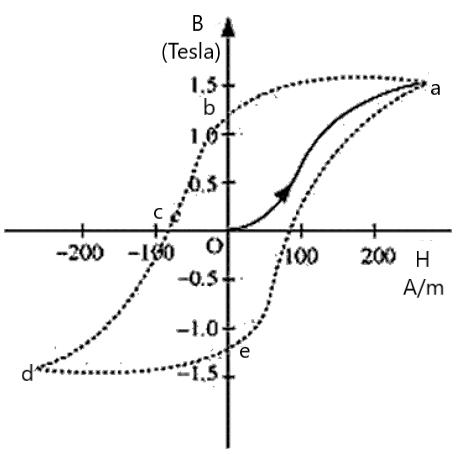Chapter 5 – Magnetism And Matter Questions and Answers: NCERT Solutions for Class 12 Physics
Class 12 Physics NCERT book solutions for Chapter 5 - Magnetism And Matter Questions and Answers.
Class 12 Physics NCERT book solutions for Chapter 5 - Magnetism And Matter Questions and Answers.
